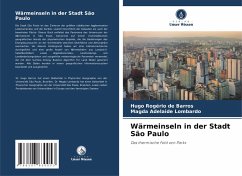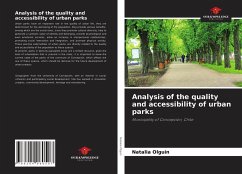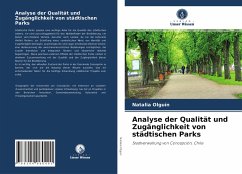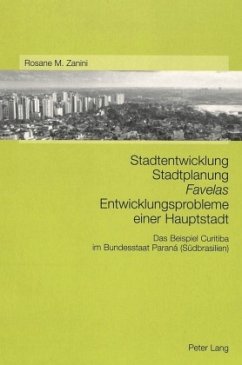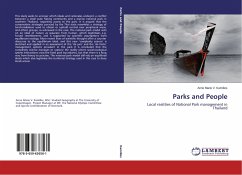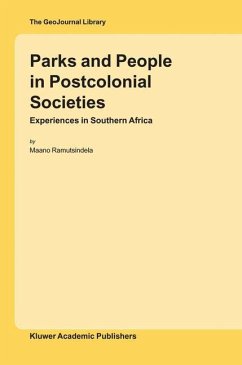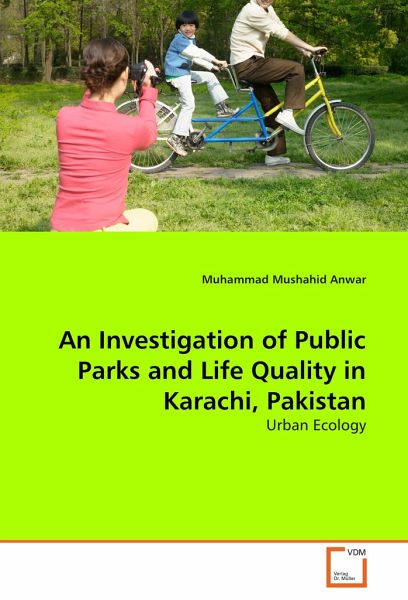
An Investigation of Public Parks and Life Quality in Karachi, Pakistan
Urban Ecology
Versandkostenfrei!
Versandfertig in 6-10 Tagen
52,99 €
inkl. MwSt.

PAYBACK Punkte
26 °P sammeln!
Parks do not only serve as the breathing lungs of cities but also cater for therecreational and aerobic needs of the urbanites. These green islands areimportant ecosystems. They influence social well-being of people and their qualityof life and play an important role in urban landscapes. Their presence affects thequality of life and reflects environmental quality as a whole. In the fast growingcities of developing countries most parks have been reduced or even beenreplaced by buildings. This reflects callous disregard for health andrecreation of the citizens. Moreover the parks have been strat...
Parks do not only serve as the breathing lungs of cities but also cater for the
recreational and aerobic needs of the urbanites. These green islands are
important ecosystems. They influence social well-being of people and their quality
of life and play an important role in urban landscapes. Their presence affects the
quality of life and reflects environmental quality as a whole. In the fast growing
cities of developing countries most parks have been reduced or even been
replaced by buildings. This reflects callous disregard for health and
recreation of the citizens. Moreover the parks have been stratified according to socio-economic
status of the urban dwellers with very little consideration to the recreational
needs of the low-income urban lot. In an attempt to reduce this glaring disparity
in developing world cities, Karachi in Pakistan has been taken as a case study.
recreational and aerobic needs of the urbanites. These green islands are
important ecosystems. They influence social well-being of people and their quality
of life and play an important role in urban landscapes. Their presence affects the
quality of life and reflects environmental quality as a whole. In the fast growing
cities of developing countries most parks have been reduced or even been
replaced by buildings. This reflects callous disregard for health and
recreation of the citizens. Moreover the parks have been stratified according to socio-economic
status of the urban dwellers with very little consideration to the recreational
needs of the low-income urban lot. In an attempt to reduce this glaring disparity
in developing world cities, Karachi in Pakistan has been taken as a case study.




